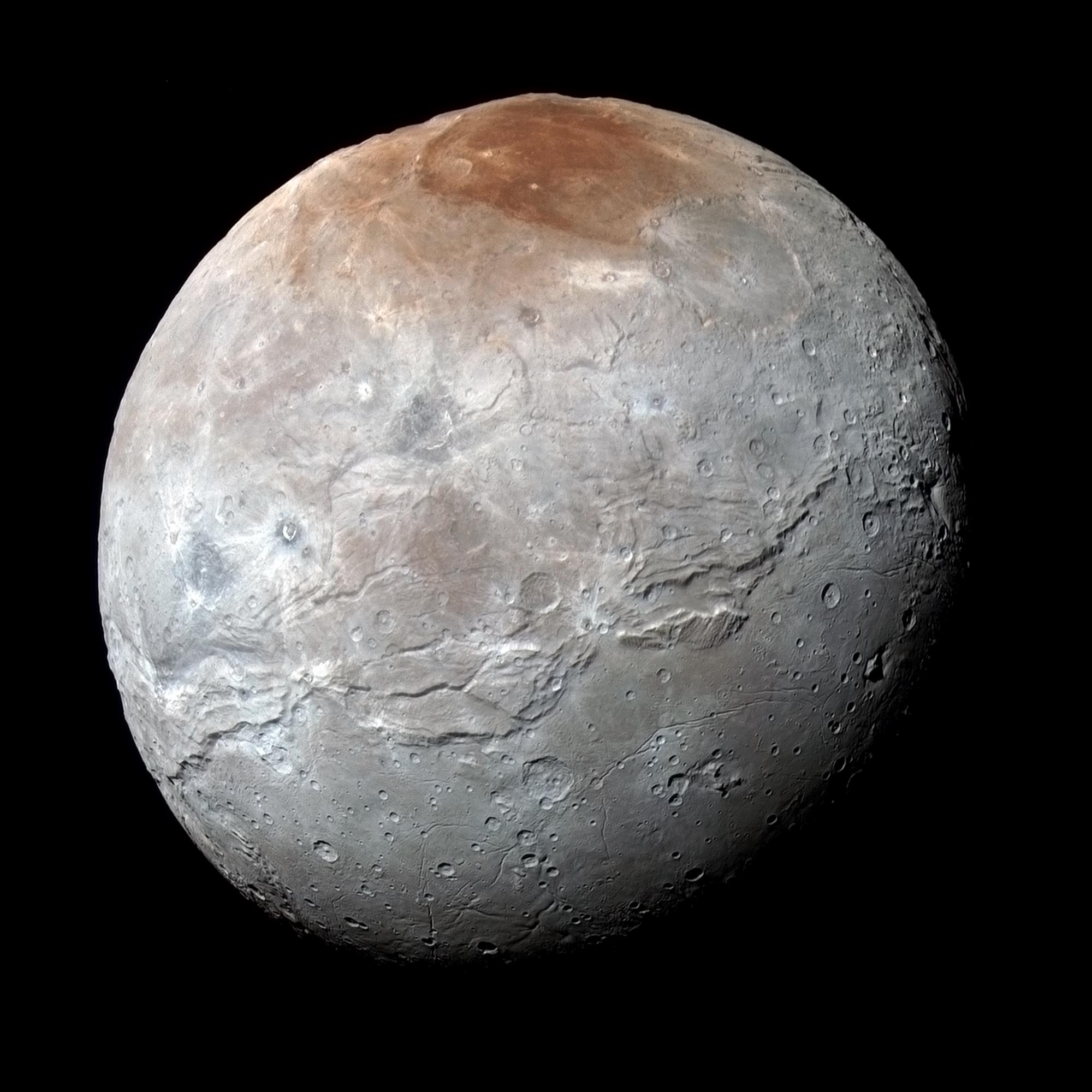Most of the familiar moons in the solar system orbit their planets calmly. Normally, one side of the moon always faces the host world, the same way the same side of a horse on a carousel always faces the center. This “synchronous rotation,” in the case of moons, is due to the gravitational tug of the central planet.
Most of the familiar moons in the solar system orbit their planets calmly. Normally, one side of the moon always faces the host world, the same way the same side of a horse on a carousel always faces the center. This “synchronous rotation,” in the case of moons, is due to the gravitational tug of the central planet.
But Pluto’s small moons seem to break those rules and more, a study has found.
In the months leading up to the July 14 flyby of Pluto by NASA’s New Horizons spacecraft, astronomers—who were searching for any new satellites around Pluto—also had a chance to carefully measure the spin rates of the known ones.
The investigations, they said, revealed some startling behavior for the four tiny outer moons: Styx, Nix, Kerberos and Hydra. They were spinning wildly.
“These are four of the strangest moons in the Solar System,” said Mark Showalter, Senior Research Scientist at the SETI Institute in Mountain View, Calif. and a co-investigator on the New Horizons mission.
One moon, Nix, is tilted on its axis and spinning backwards, he said. The outermost moon, Hydra, is spinning extraordinarily fast, turning 89 times every time it circles the dwarf planet. “If Hydra were spinning much faster, material would fly off its surface,” the way dust would fly off a spinning top, Showalter said.
He suspects that Charon, Pluto’s large inner moon, is responsible for the odd behavior. Recently, he and collaborator Douglas Hamilton of the University of Maryland predicted that Charon’s strong gravitational force would disrupt synchronous rotation, causing the small moons to tumble chaotically. In the fields of physics and mathematics, “chaos” is a technical term indicating unpredictable behavior. But chaos alone—while describing the motion of these moons—is not an explanation.
“There’s clearly something fundamental about the dynamics of the system that we do not understand,” Showalter said. “We expected chaos, but this is pandemonium.”










